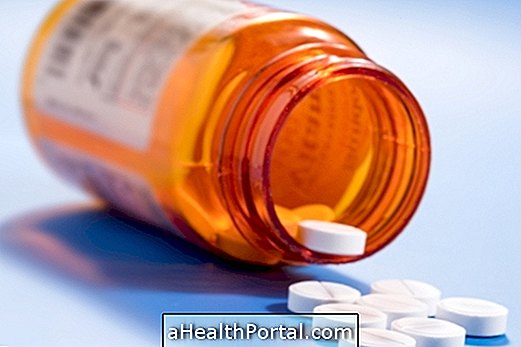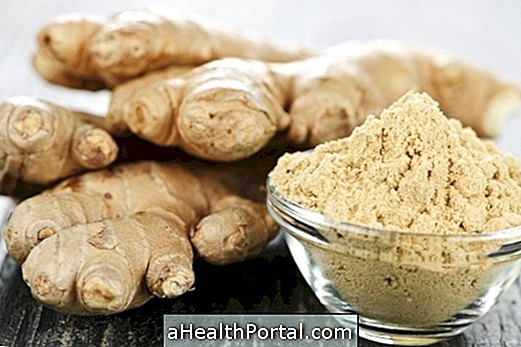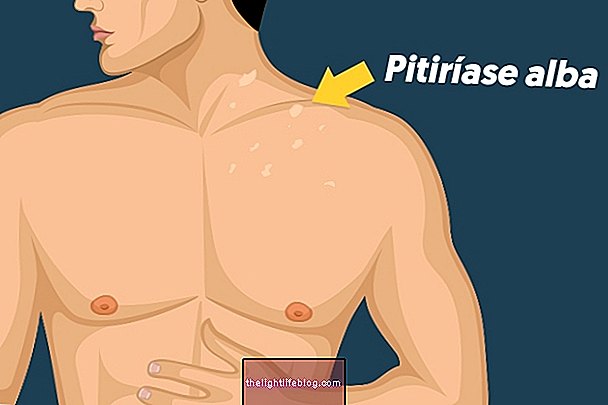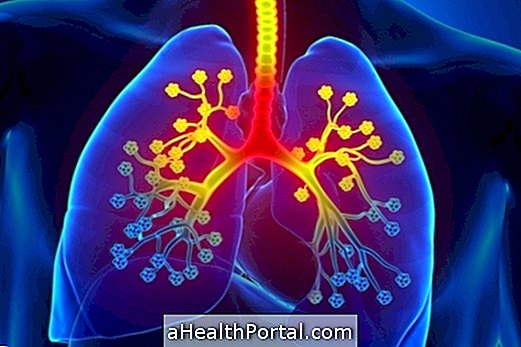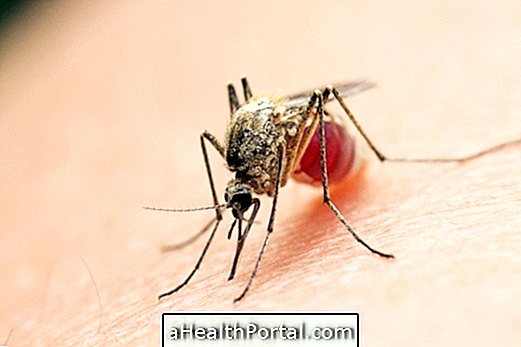Insulin resistance syndrome occurs when the hormone is less able to put blood glucose into the cells and is caused by a combination of hereditary influences with other diseases and lifestyles, such as obesity, sedentary lifestyle, and increased cholesterol, for example.
This resistance is detected by blood test, where blood glucose levels are increased, especially after meals or during fasting. Thus, this syndrome is a form of pre-diabetes, because if left untreated and corrected, with food control, weight loss and physical activity, it will become type 2 diabetes.

How to diagnose
Insulin resistance syndrome usually does not cause symptoms, so a blood glucose test, also called an oral glucose tolerance test, or a TOTG test, should be done to see if it is present.
This test is done by measuring the glucose value after the ingestion of about 75 g of a sugary liquid.
The interpretation of the glycemic curve after 2 hours is as follows:
- Normal: less than 140 mg / dl;
- Insulin resistance: between 140 and 199 mg / dl;
- Diabetes: equal to or greater than 200 mg / dl.
As insulin resistance worsens, as well as glucose being increased after eating, it is also increased in fasting because the liver tries to compensate for the lack of sugar inside the cells. Therefore, the fasting glucose test can also be done to assess the degree of resistance.
The values of fasting blood glucose are:
- Normal: less than 110 mg / dL;
- Altered fasting glycemia: between 110 mg / dL and 125 mg / dL;
- Diabetes: equal to or greater than 126 mg / dL.
Learn more about how the glycemic curve test and the fasting blood test are done.
At this time, glucose levels can still be controlled because the body stimulates the pancreas to produce increasing amounts of insulin to compensate for its resistance to action.
Therefore, another way to diagnose the presence of insulin resistance is to calculate the Homa index, which is a calculation performed to evaluate the relationship between the amount of sugar and the amount of insulin in the blood.
The normal values of the Homa Index are generally as follows:
- Homa-IR Reference Value: less than 2.15;
- Reference Value of Homa-Beta: between 167 and 175.
These reference values may vary with the laboratory, and if the patient has a very high Body Mass Index (BMI), it should always be interpreted by the physician. See what it is for and how to calculate the Homa index.
However, after a few months or years of insulin resistance syndrome, type 2 diabetes sets in due to pancreas failure, which has difficulty producing the high amount of insulin needed by the body. This disease causes symptoms such as thirst and excessive hunger, in addition to various complications to organs such as eyes, kidneys, heart and skin. Learn more about the symptoms, treatment and complications of type 2 diabetes.

What can cause insulin resistance
This syndrome most often occurs in people who already have a genetic predisposition, having other family members who have or who have diabetes, for example.
However, it can develop even in people who do not have this risk, due to life habits that predispose to derangement of metabolism, such as obesity or increased abdominal volume, excessive carbohydrate feeding, sedentary lifestyle, high blood pressure or increased cholesterol. two triglycerides.
In addition, hormonal changes, especially in women, may also increase the chances of developing insulin resistance, as in women who have polycystic ovary syndrome, or PCOS. In these women, changes that lead to menstrual imbalance and increase in androgenic hormones, also cause dysregulation of insulin functioning.
Treating Insulin Resistance
If a correct treatment of insulin resistance is performed, it can be cured and thus prevent the development of diabetes. To address this condition, the guidance of the general practitioner or endocrinologist is required, and consists of:
- Losing weight, with diet and physical activity;
- Practice physical exercises;
- Monitor blood glucose levels with medical follow-up every 3 to 6 months;
The doctor may also prescribe Metformin, which is a medication that helps control the production of glucose by the liver and improve the action of insulin, by bringing glucose into the cells. However, if the person is strict in treatment with diet and physical activity, the use of medications may not be necessary. Here's how it should be for those who have pre-diabetes.
